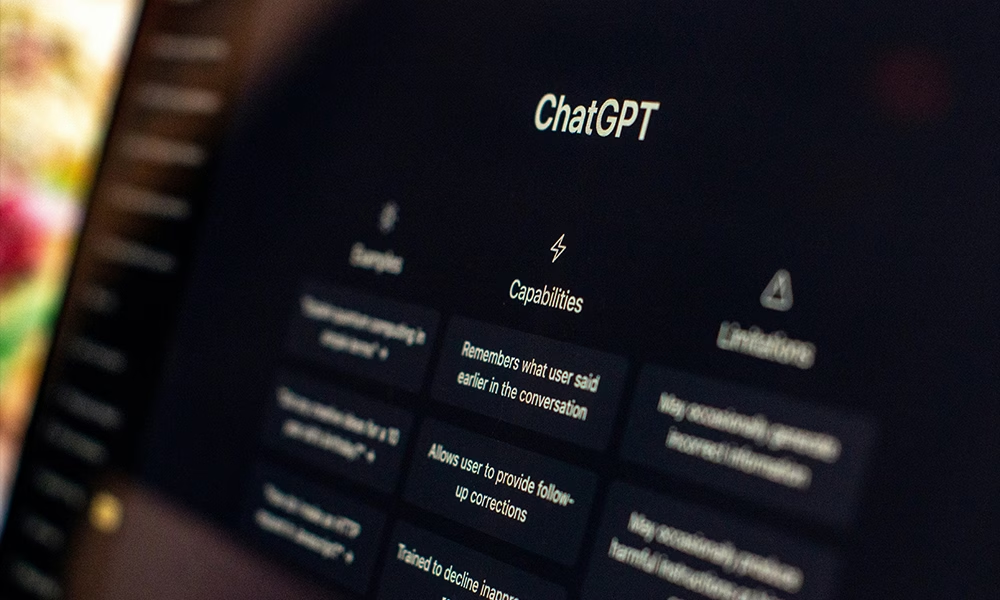How to write a PR brief that gets results in 2026

Writing a PR brief is a bit like handing off a partially solved puzzle. You give enough pieces so the picture is clear but leave some gaps so the solver can surprise you. In 2026, when AI amplifies what’s obvious, your brief needs to be the spark, and not the map.
1. Anchor in ambition not tactics
Start with the big “why.” What business outcome are you chasing? Is it narrative dominance in your vertical? A reputation reset after misrepresentation? A push into new markets or sectors? If your agency knows precisely what success looks like, their proposals will land sharper and more strategic, and not feel scattergun.
Leave the “how” to them. If your brief reads like a tactical checklist, you risk getting safe, incremental ideas back. Instead, clarify the goal, sketch the boundaries, then invite fresh ideas.
2. Be frank about budget
Nothing kills creativity like a phantom budget. If you don’t share even a ballpark or minimum, responses will either undershoot (too conservative) or overshoot (pie in the sky). A disclosed range or baseline helps agencies calibrate and ensures you’re comparing apples with apples.
It doesn’t limit creativity, it’s about making ideas feasible and ambitious in equal measure.
3. Define success
“More reach” is table stakes. With AI-driven discovery reshaping how audiences find and interpret content, outcomes now include authority in AI search, narrative control in indexing, and influence in the context that matters.
Is success a rise in relevant search visibility? A shift in sentiment in niche trade coverage? More conversion ready leads through thought leadership? Use metrics your internal team already trusts and map new ones if needed.
4. Be upfront about your internal bench and scope
Do you have an internal team handling advocacy, content, or technical deep dives? Or are you expecting the agency to wear every hat – from ideation to execution to subject-expert sourcing?
B2B PR thrives on domain expertise, so your spokespeople bench matters. If internal experts are strapped, say so. That sets realistic scopes and lets proposals include support for sourcing experts, developing narratives or even infrastructure for content.
5. Leave room for idea-play
Your brief should feel like an invitation to play, to connect dots you didn’t even know existed. Good work often comes from the tension between constraint and freedom.
So, as you hand over that “puzzle,” be precise where it matters and ambiguous where magic can occur.
A well-crafted PR brief is more than guidance, it sets the tone for a partnership full of possibility. Lay the foundation, but don’t erect the walls.



















